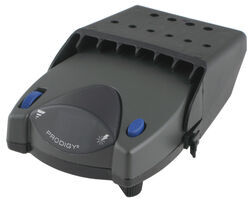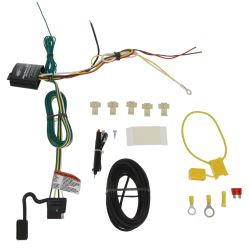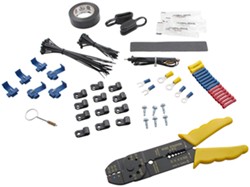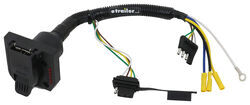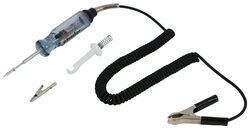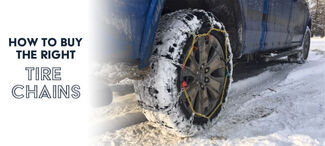
How to Wire a 6-Way Trailer Plug (It's Easier Than You Think)
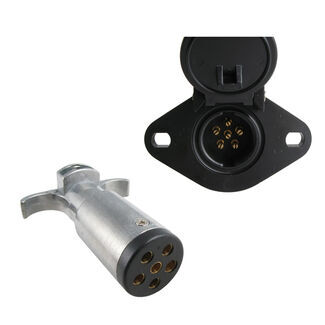
What is the Color Code for 6-Way Trailer Wiring?
Green: Right turn/brake light Yellow: Left turn/brake light Brown: Tail/running lights White: Ground wire Blue: Brake controller output Red or Black: Battery hot lead
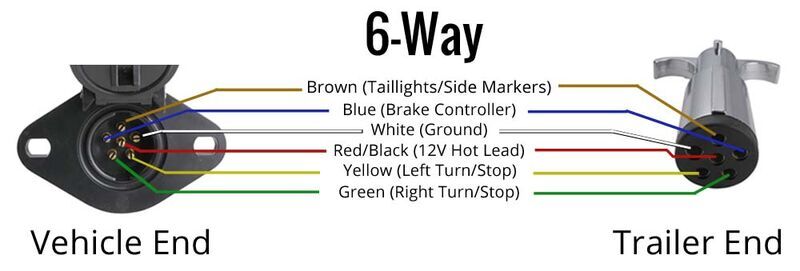
What Size Wire Gauge is Used for a 6-Way Wiring Harness?
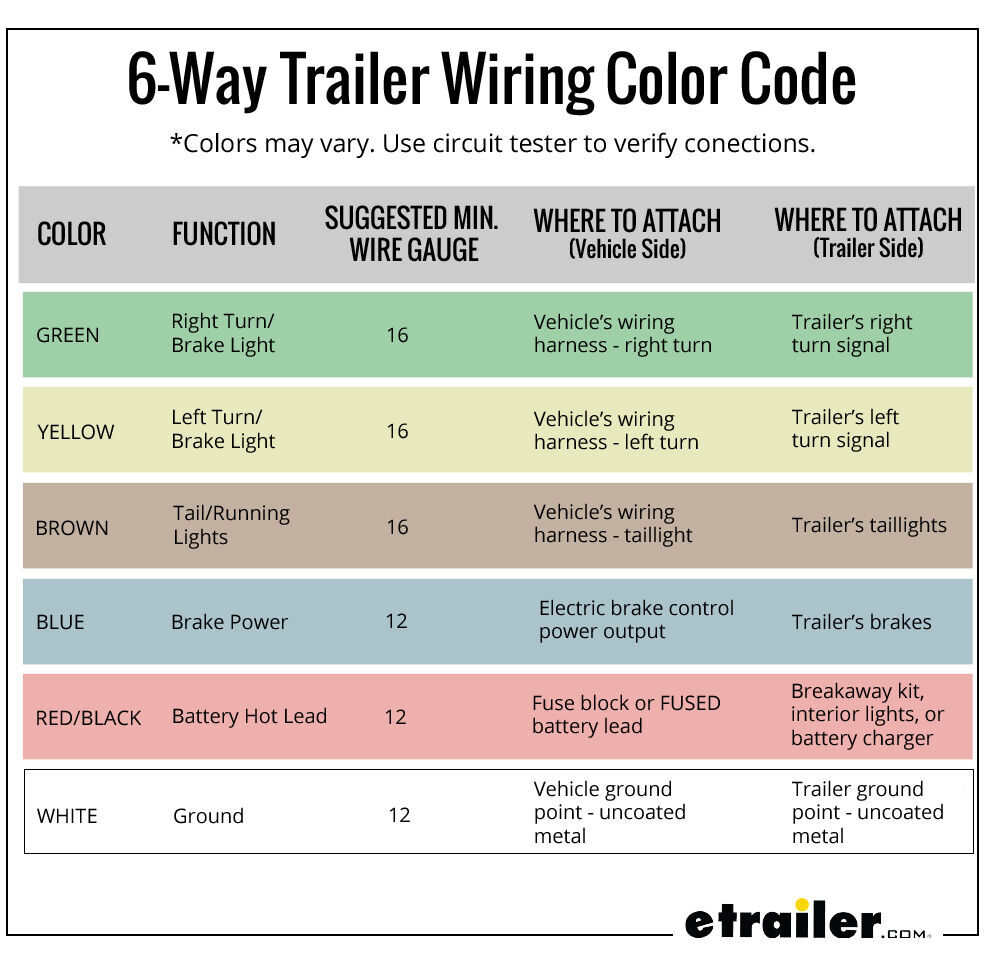
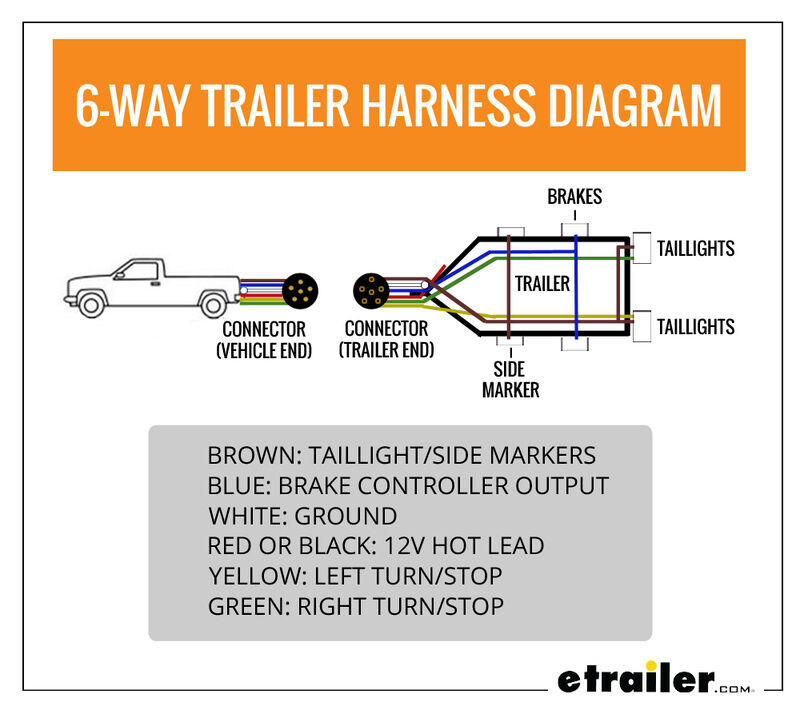
Wiring a Trailer with a 6-Way: Step by Step
Trailer Side
Step 1: Prepare for Trailer Wiring Installation
A junction box to organize and secure wiring A breakaway kit in case your trailer becomes disconnected A brake controller to control trailer braking
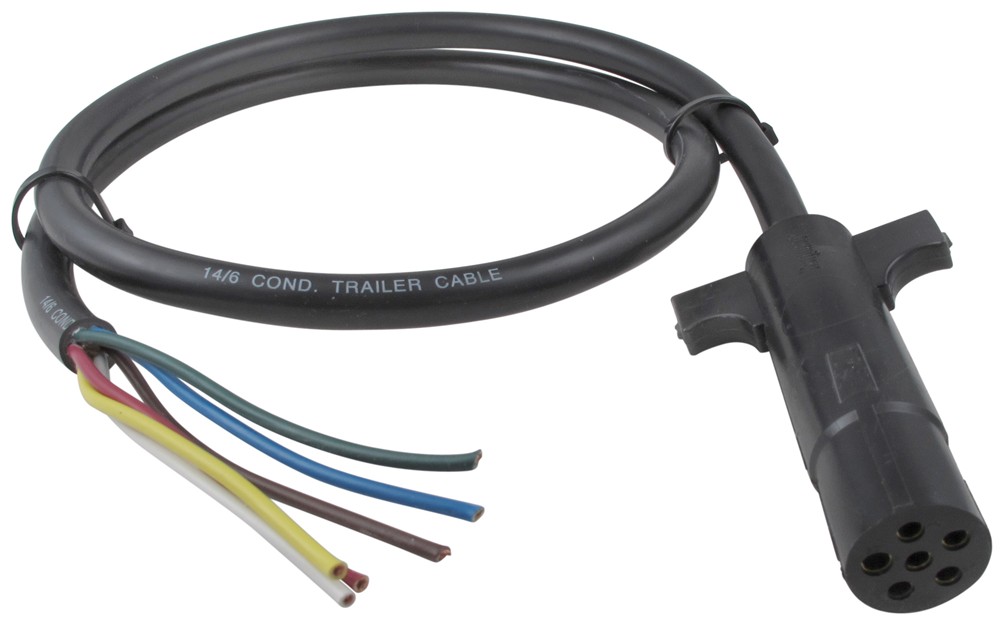
Step 2: Locate or Install Junction Box
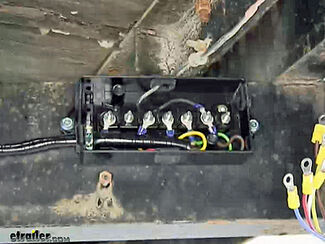
Step 3: Make Trailer Connections
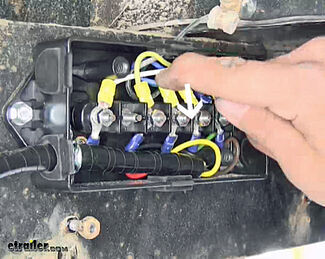
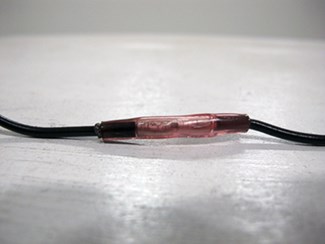
Vehicle Side
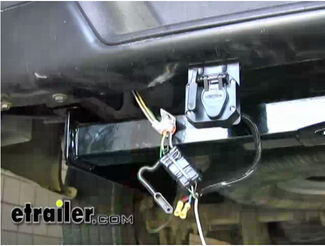
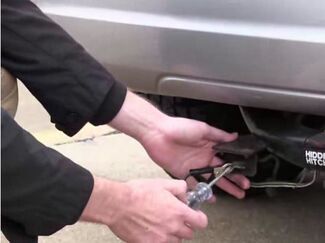
If the vehicle connector is under the vehicle, use a mounting bracket to attach it to the vehicle. This will help prevent damage that may occur if the connector is left dangling. Use a small amount of grease on all electrical connections—the plugs on your automobile and the connector itself—to help prevent corrosion.
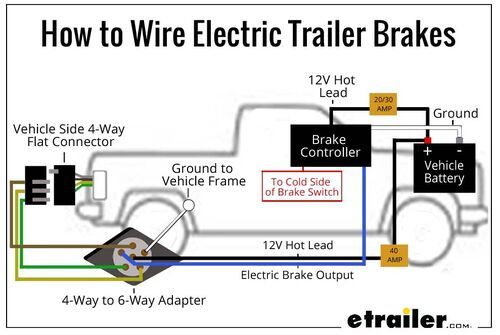
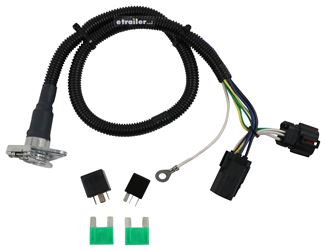
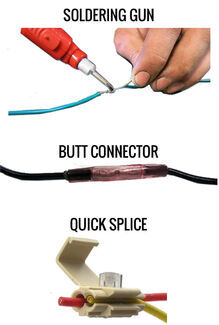
Departments
Towing
- Trailer Hitch
- Fifth Wheel
- Gooseneck
- Towing a Vehicle
- Front Hitch
- RV Hitch
- ATV Hitch
- HD Truck Hitch
- Vehicle Wiring
- Brake Controller
- Ball Mounts
- Weight Distribution
Sports and Recreation
Trailer Parts
- Utility Trailer
- Boat Trailer
- Landscape Trailer
- Enclosed Trailer
- 5th/Camper Trailer
- Car Hauler
- Horse Trailer
Vehicle
Contact & Help

Popular Vehicles
- Subaru Forester
- Ford F-350 Super Duty
- Ford F-250 Super Duty
- Chevrolet Silverado 1500
- Jeep Wrangler Unlimited
- Jeep Wrangler
- Ram 3500
- Toyota Highlander
- Ram 2500
- Chevrolet Silverado 2500
- Subaru Outback Wagon
- Chevrolet Silverado
- Dodge Ram Pickup
- GMC Sierra 2500
- Ram 1500
- Ford F-250 and F-350 Super Duty
- Jeep Grand Cherokee
- Toyota Tacoma
- GMC Sierra 3500
- Toyota Tundra
- Ford Escape
- More >>






